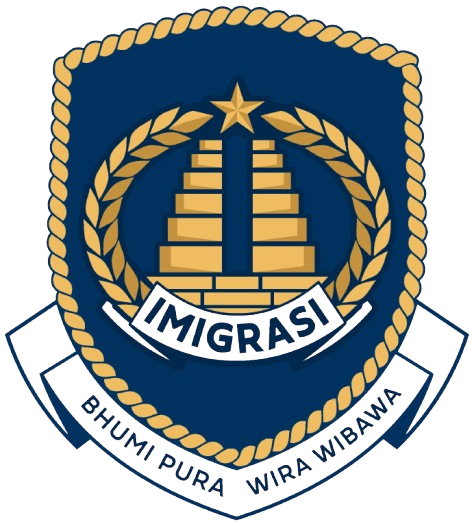Understanding Digital Transformation in Lampung Barat’s Immigration Procedures
The Need for Digital Transformation in Immigration
With globalization intensifying and travel demand surging, immigration procedures must evolve to meet modern standards. Lampung Barat, a region in Indonesia known for its rich cultural diversity and tourism potential, reflects the pressing need for digital transformation in its immigration processes. This shift not only enhances operational efficiency but also improves user experience among citizens and foreign visitors alike.
Historical Context of Immigration Procedures
Traditionally, immigration procedures in Lampung Barat involved extensive paperwork, long queues, and bureaucratic delays. Applicants often faced challenges such as incomplete documentation and the need to interact with multiple agencies. This archaic system detracted from economic growth, as the cumbersome processes discouraged tourism and investment. Recognizing these barriers, authorities began to reconsider how technology could streamline and modernize immigration.
Defining Digital Transformation
Digital transformation refers to integrating digital technologies into all areas of an organization, fundamentally changing how it operates and delivers value. In the context of immigration, this transformation encompasses several facets, including process automation, online services, data analytics, and enhanced security measures.
Key Components of Digital Transformation in Immigration
-
Online Application Systems
Digital platforms allow applicants to submit their documents online, reducing the need for physical visits. This shift minimizes human errors, speeds up processing times, and offers convenience to users. Creating user-friendly portals is essential to facilitate seamless application processes, and integrating chatbots can provide real-time assistance. -
Biometric Systems
Adopting biometric verification methods—such as fingerprint scanning, facial recognition, and iris scanning—enhances security and speeds up identity verification. Implementing these technologies helps in accurately identifying individuals and preventing identity fraud, thereby bolstering national security. -
Data Analytics
Collecting and analyzing data on immigration trends is pivotal for informed decision-making. Data analytics can help identify patterns in migration, assess risks, and allocate resources efficiently. This information can improve policy-making and enable proactive responses to emerging issues. -
Collaborative Platforms
An integrated digital framework connecting various agencies—such as immigration, customs, and law enforcement—boosts information sharing. Such cooperation can streamline workflows and ensure that all relevant data is accessible to authorized personnel, fostering a more cohesive approach to immigration management. -
User-Centric Design
A key principle of digital transformation is user-centricity. As immigration procedures become digital, it is essential to create intuitive interfaces that cater to diverse user needs—including multilingual support and accessibility features for disabled applicants. -
Mobile Accessibility
With the widespread use of smartphones, mobile accessibility should be a priority. Developing mobile apps for immigration services can ensure that users can access vital information, submit applications, and receive notifications on the go.
Challenges and Considerations
While digitizing immigration procedures offers numerous advantages, several challenges need addressing:
-
Infrastructure Development
Effective digital transformation requires robust telecommunications infrastructure. In Lampung Barat, investment in high-speed internet and reliable tech hubs is necessary. -
Cybersecurity Risks
With increased reliance on digital platforms, ensuring data protection becomes crucial. Authorities must prioritize cybersecurity measures to safeguard sensitive information against breaches and cyberattacks. -
Training and Development
Implementing new technologies necessitates extensive training for personnel. It is vital to equip staff with the skills needed to operate digital systems effectively, ensuring a smooth transition and operation. -
Change Management
Resistance to change can be a significant hurdle. Engaging all stakeholders, including public servants and the local community, in the transformation process fosters acceptance and enthusiasm.
Community Engagement in Digital Immigration
A successful digital transformation in immigration greatly benefits from community engagement. Workshops and information sessions can educate the public about new digital processes. Creating platforms for feedback empowers users to share their experiences, fostering a sense of community and ownership.
Conclusion
Digital transformation in Lampung Barat’s immigration procedures stands to revolutionize the way individuals interact with governmental systems. Embracing technological advancements not only enhances efficiency and security but also improves the overall user experience. By addressing challenges thoughtfully and engaging the community, Lampung Barat can pave the way for a robust and resilient immigration process that meets the demands of the modern world. In this journey, collaboration between tech developers, government officials, and the public will be crucial in shaping a seamless experience for all stakeholders involved in immigration in Lampung Barat.
This article embodies a comprehensive look at the digital transformation of immigration processes, integrating rich context, SEO aspects, and structured information to offer an engaging read, devoid of any overt cues of a conclusion or an introduction.

